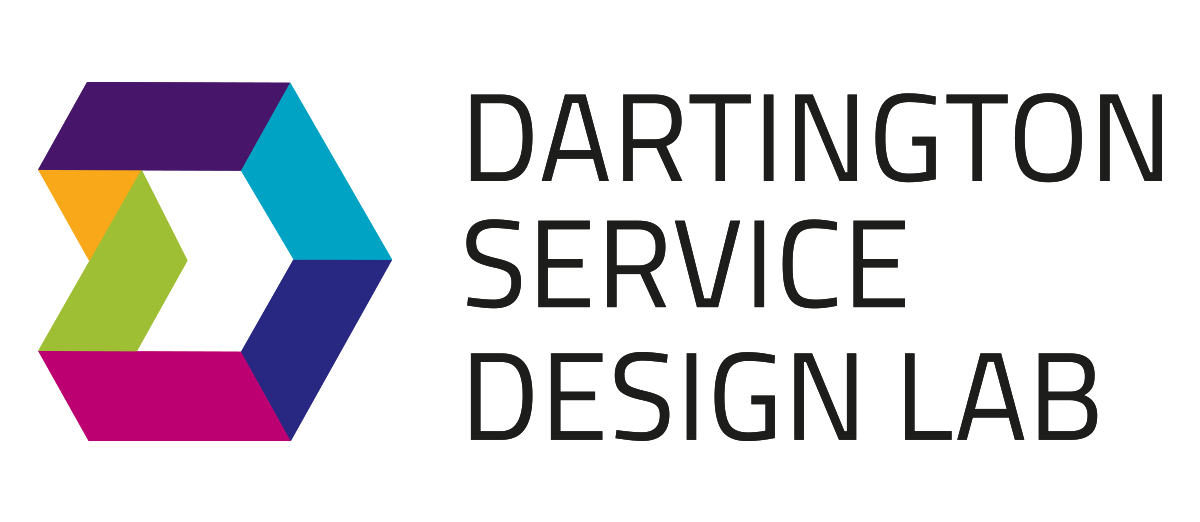Incorporating youth voice into systems change in South Lanarkshire
Head of Design
Communications and Digital Officer
Researcher
“I have been given a platform to have a voice and to help people learn from my experiences. I want other young people to have the platform that IAP gave us.”
This quote, from a young person involved in the Inclusion as Prevention (IAP), speaks volumes about what we’ve been trying to achieve with partners in South Lanarkshire, Scotland.
Over five years we have worked in partnership with South Lanarkshire Council, Action for Children and The Children and Young People’s Centre for Justice (CYCJ) to form Inclusion as Prevention (IAP) focussed on using co-production to re-imagine systems of support for young people who come into conflict with the law.
In July we attended an event in Blantyre to celebrate and recognise young people for their system designs and innovation. Key decision-makers also attended, including Dianne Dobbie, Service Manager for Children, Young People and Justice at South Lanarkshire Council. Dianne shared: “A massive congratulations to everyone involved in the IAP event. I have learned so much from you. You have all made a difference in South Lanarkshire.”
How has IAP influenced designing services?
“Sharing our experiences is important because you can help one another, give advice or even show someone else they are not alone.”
In recent years we’ve witnessed changes in the political climate, austerity, and a pandemic, all of which have made accessing support and services more challenging to navigate. Young people’s needs have also evolved, and we’ve responded to these needs by developing ‘tests of change’ to generate evidence and help shift the delivery of services. We’ve focussed on early intervention, sustainability and embedding a youth-led approach into practice. These tests are all centred around the issues important to young people, involving partners from across social services, leisure, and education, to ensure change has the greatest impact.
Inclusion as Prevention aimed to:
1. Generate Research into best practice of early intervention
2. Learn from young people, practitioners and communities
3. Embed a youth-led approach into practice
4. Create a sustainable system
5. Centre youth voice in practice
Through creating a space where young people’s voices can be heard, IAP has explored topics from gender-based violence, grief and loss, inequitable access to leisure facilities to peer-to-peer support.
What change have we made?
“Young people have got a really amazing ability to tell their stories and make a difference,” says Kristina Moodie, Evaluator of IAP, CYCJ.
We’ve taken an integrated approach to incorporate research, design, and evaluation into practice. Alongside the creative outputs produced by the young people, we’ve also produced evaluations of our work.
A recent IAP report highlighted the evidence from the Gender-based Violence Survey used to measure young people’s knowledge and experience. The findings supported co-designing an animation, and a wider suite of activism being rolled out in schools by Woman’s Aid.
IAP’s evaluation aims to record how system changes can be put into practice and ways to make this sustainable, based on the evidence about what works for children, young people, and families.
The value of youth voice in practice
“I am proud of the young people’s selflessness, dedication, and passion to help others. They’ve been involved in co-producing their own tests of change in such creative and diverse ways,” shares Kiera Irvine Engagement Coordinator.
Central to this work listening to and learning from young people’s ideas and experiences. Systems change is often more impactful when young people are actively involved in decision-making and consulted about issues that affect them.
In Blantyre researcher Annalise Clelland delivered a session to generate reflections to support designing the Justice-Experienced Champions Board which will provide a platform to connect young people to contribute to systems change.
They were asked why it was important to share their experiences; one young person responded: “To make sure those with quieter voices are seen and supported, and to champion change for those with similar experiences.”
Making systems change sustainable
Kate Tobin, Scotland Director said: “It was a huge moment seeing all the hard work coming together, with young people placed front and centre celebrating their wonderful social action to bring about change in South Lanarkshire. Here’s to longer-term systemic change bringing about a cultural shift in protecting and promoting children’s rights through inclusion.”
We’ve worked with more than 100 young people to develop the skills to share their experiences and understand the power of youth voice. They can now apply their learning to inspire others to speak out too.
Change isn’t just down to those in the system it directly affects, it’s about those with decision-making power responding to needs. IAP has inspired conversations about service provision that can now be built on into the future. We’ve focussed on the importance of early intervention, preventive justice measures and shifting away from crisis-driven approaches. This will embed a culture of inclusion and long-term systems change.
Nathan Sheach, Head of Design at Dartington Service Design Lab, said: “The connection between young people and their experiences, influences how systems organise and prioritise their activities around a more robust understanding of need. The fact that IAP over the past 5 years has allowed for multiple cycles of tests of change to iterate, evolve and develop through live use of these measures within the community.”
IAP concludes in December 2023. If you would like to find out more; contact Nathan Sheach.










